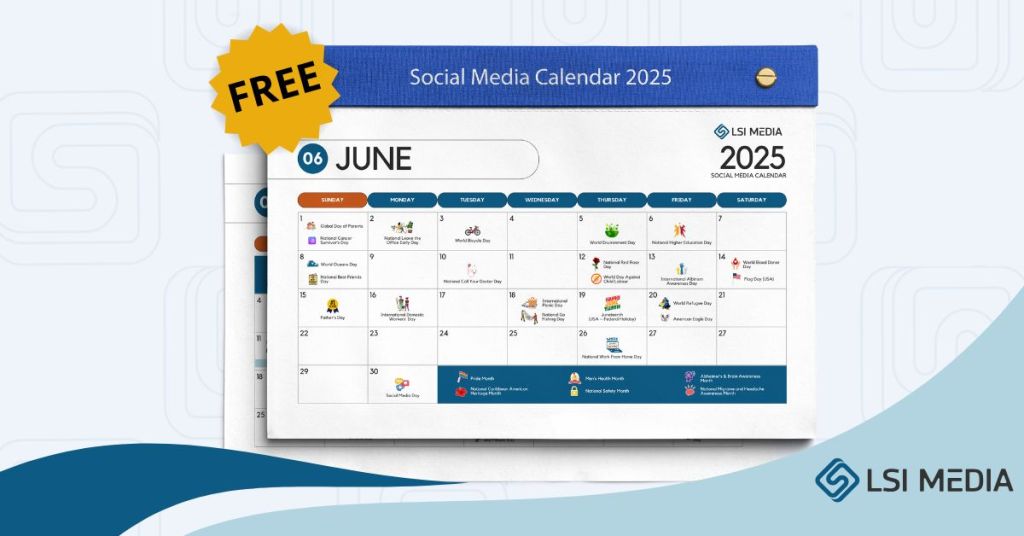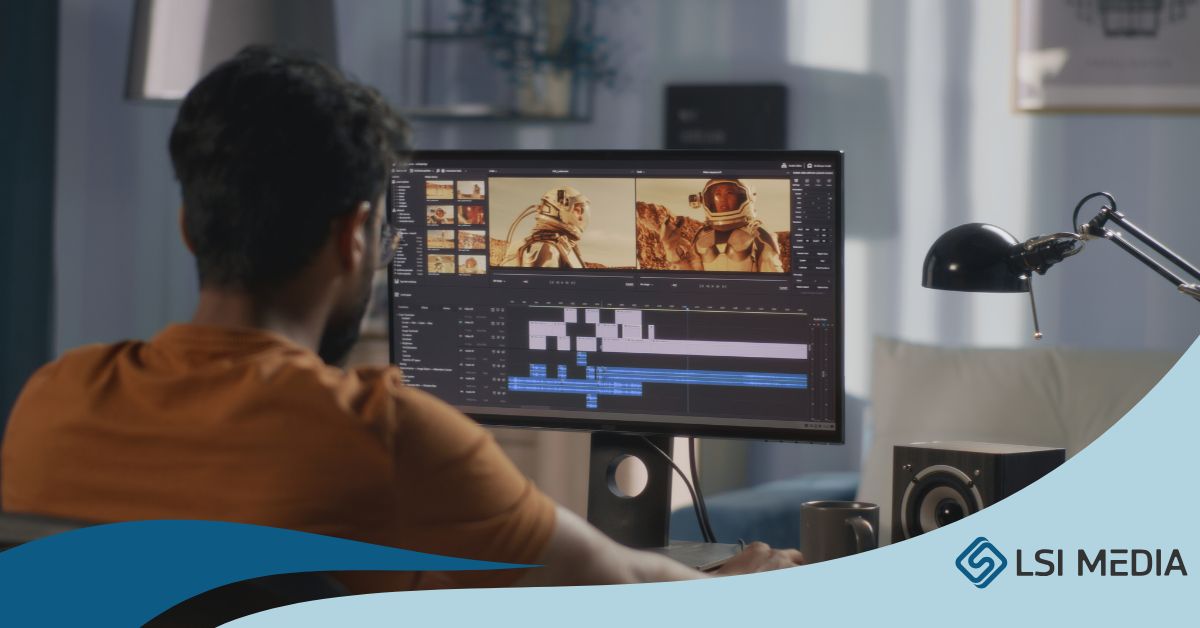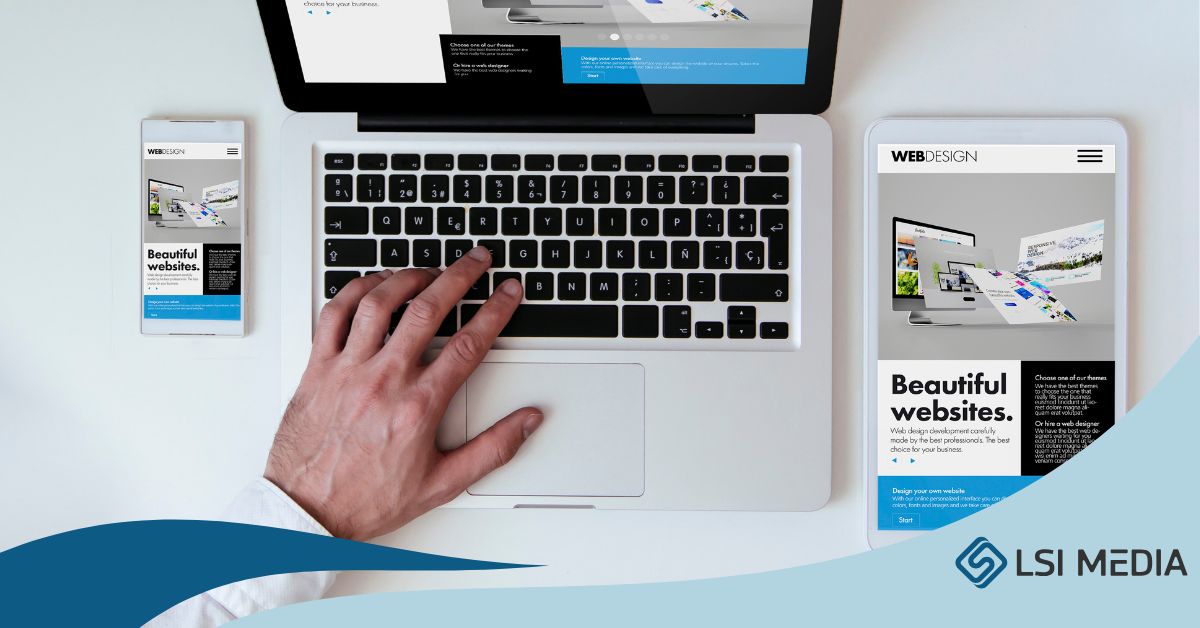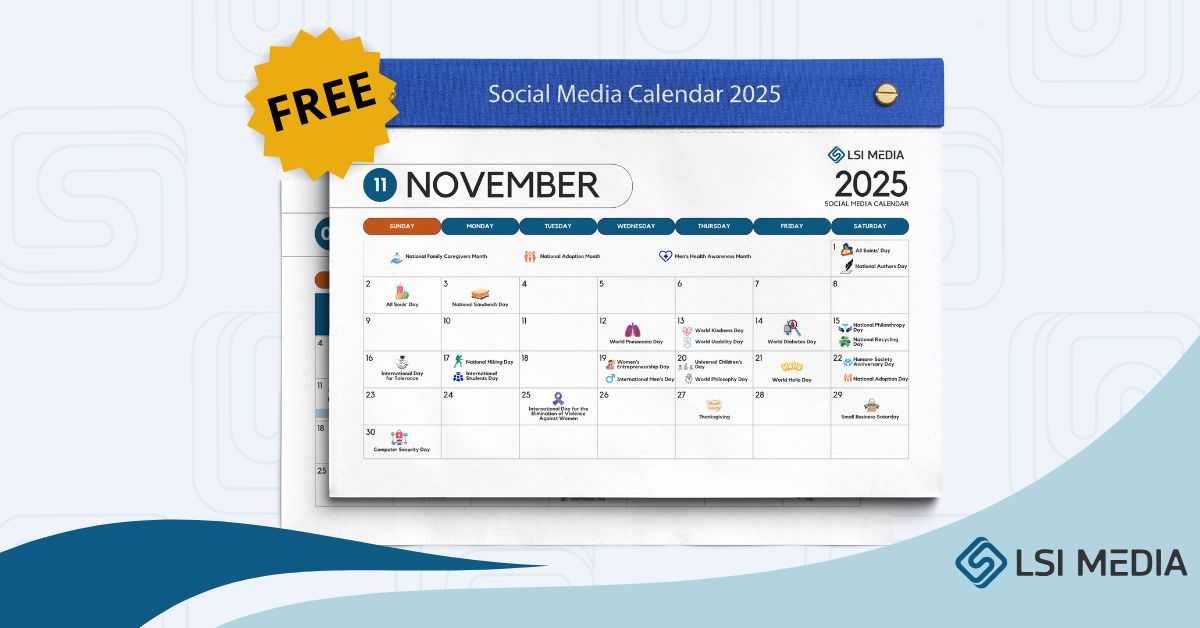Exploring the Top Graphic Design Tools of 2025: Innovate and Elevate Your Creative Process
The graphic design world has undergone significant changes in 2025. New design tools now give creators more power than ever before. Picking the right graphic design software can make your work stand out from the crowd. Today’s tools don’t just speed up your tasks – they open doors to ideas you might never have thought of before.
From creating logos to editing photos, modern graphic design tools help you work more efficiently and effectively. This guide looks at the most valuable programs that can take your skills to new heights. We’ll help you identify the tools that best suit your needs, enabling you to make informed choices for your projects.
What is Graphic Design Software?
Graphic design software enables you to create and modify visual content. These digital tools help every graphic designer bring ideas to life for both print and screens.
When picking graphic design tools, look for these key features:
Files that work in many places
Text tools that give you control
Ways to save your work in different formats
Drawing tools that match how you work
Vector Graphics Software
Programs like Adobe Illustrator make vector graphics – images built with math instead of tiny dots. These images remain sharp, regardless of how large you make them. Vector-based designs work great for logos and art that needs to look good at any size.
Raster Graphics Editors
Apps like Photoshop work with raster images, which are made up of pixels (tiny colored squares). These tools excel at photo editing and adding rich details to pictures. Bitmap images are another name for this type of file.
Layout Design Programs
Tools like InDesign enable you to place text and images on pages with precise control. They’re perfect for creating books, magazines, and other materials where text flow is crucial.
Best Graphic Design Software of 2025
1. Adobe Creative Cloud Suite
The Creative Cloud remains the leading platform for professional design work. This comprehensive set of tools covers every design need, featuring apps that work seamlessly together.
Adobe Illustrator: The Leading Vector Design Tool
Adobe Illustrator remains the top choice for vector design. The 2025 version features AI capabilities that suggest design options based on your initial sketches. Professional designers value its precise controls and vast font choices.
The latest updates include:
- Better path tools that work more naturally
- Faster workflow steps that save time
- More color options to match any brand
- Smarter template systems that adjust to your needs
Graphic designers use Illustrator for:
- Creating logos that scale to any size
- Making clean icons for apps and websites
- Designing packaging that prints perfectly
- Creating charts and data graphics
Adobe Photoshop: Raster Graphics Perfection
Photoshop continues to improve with enhanced image editing software features. The newest version features innovative selection tools and filters that preserve the original image, making image manipulation significantly faster.
New tools let you:
- Remove objects from scenes with one click
- Change the lighting after the photo was taken
- Blend styles from other images into yours
- Fix common problems in batches of photos
InDesign: Master of Page Layout
For page layout and design, InDesign provides you with complete control. The latest update provides enhanced digital publishing tools with designs that automatically adjust to fit both phone and computer screens.
Design work you can do with InDesign includes:
- Magazines that look good in print and on screens
- Books with a consistent style across hundreds of pages
- Brochures that fold correctly when printed
- Forms with fields that users can fill out
Adobe Express: Simplified Design for Beginners
Adobe Express makes a great starting point for new designers. Its simple screen makes creating social media posts quick and easy, while still allowing you to work with other Adobe Creative Cloud apps when you need more options.
2. Best Free Graphic Design Software
Not every project needs paid tools. These free tools can give you great results without spending money:
Canva: Design Simplicity
Canva has expanded its design capabilities while maintaining its ease of use. Its huge collection of design templates helps you quickly create visually appealing materials for social media content and marketing.
The design elements in Canva include:
- Pre-sized frames for all social platforms
- Text styles that match current trends
- Photo filters that create consistent looks
- Background patterns you can customize
GIMP: Open-Source Power
This free raster graphics editor offers many features similar to those found in Photoshop. GIMP’s 2025 version features improved brushes and more intuitive layer controls.
GIMP works well for:
- Editing family photos
- Creating web graphics
- Making simple poster designs
- Photo touch-ups and fixes
Inkscape: Vector Freedom
As a free logo design option and alternative to Illustrator, Inkscape offers solid vector editing tools. The latest version has better node editing and improved typography controls.
3. Graphic Design Software for Windows
Windows users have access to several powerful design tools made just for their system:
CorelDRAW Graphics Suite
CorelDRAW offers a complete set of design tools that you can purchase once, rather than paying monthly. The 2025 version features AI-powered photo tools and capabilities to convert photos into vector graphics.
Design professionals choose CorelDRAW for:
- Print shop production work
- Sign making and large format printing
- Custom apparel design
- Professional illustration projects
Affinity Designer: Professional Alternative
Affinity Designer continues to gain fans with its combination of professional features and affordable price. It allows you to switch between vector and raster work in the same file, making many design tasks faster and more efficient.
4. Specialized Tools for Illustration and Sketching
Procreate: iPad Excellence
Procreate on iPad remains the favorite for digital artists. Its responsive brushes and simple controls make it perfect for illustration software tasks.
Procreate excels at:
- Digital painting with a natural brush feels
- Comic and character design
- Concept art for games and films
- Hand lettering and custom type
Sketch: Interface Design Leader
Sketch remains a top tool for UI and UX design. Its team features let multiple designers working on the same project make changes that everyone can see right away.
Web designers use Sketch to:
- Create app interfaces that make sense
- Design websites that work well on all devices
- Make icon sets with a consistent style
- Build prototypes that users can test
Clip Studio Paint: Illustration Specialist
For comic and character design, Clip Studio Paint provides specialized tools that simplify the creation process for graphic artists and digital design professionals.
5. Powerful Tools for Layout and Page Design
Adobe InDesign: The Layout Standard
InDesign remains the industry standard for editorial design. Its page layout controls give you exact placement of text, images, and videos across multiple pages.
Figma: Collaborative Design
Figma has evolved into a comprehensive platform where teams can collaborate on web design projects in real-time and then share their work with developers without any file conversion issues.
Figma helps teams:
- Work together from different locations
- Comment directly on design elements
- Share design systems across products
- Test how designs work before coding
QuarkXPress: Publishing Power
For complex publishing projects, QuarkXPress offers advanced layout features, along with improved digital options, for design projects that require compatibility in both print and online environments.
Key Trends in Graphic Design for 2025
The graphic industry keeps changing with these new trends:
AI assistants that handle basic design tasks
More focus on moving elements and interaction
Better tools for making designs that everyone can use
New ways to add 3D effects to flat designs
AR features that bring print designs to life
Design ideas now move from concept to final product faster than ever. The range of software available means designers can pick tools that match their exact needs rather than forcing one program to do everything.
Emerging Graphic Design Apps
New graphic design app options have entered the market in 2025, challenging the established players:
Gravity Draw
This new design app focuses on gesture-based creation, letting you draw shapes and lines with simple hand movements. It works exceptionally well on touchscreens and with stylus input.
Pixel Perfect
For image editing, Pixel Perfect offers a streamlined approach that focuses just on the tools most designers use daily. This makes it less overwhelming for beginners while still powerful enough for pros.
Type Master
Specializing in typography, Type Master helps you choose fonts that work well together. It analyzes your content and suggests pairings based on readability and style matching.
Motion Canvas
This tool bridges the gap between static and dynamic design, allowing you to add simple animations to otherwise fixed elements. It’s perfect for social media images that need subtle movement.
How to Choose the Best Graphic Design Software for Your Needs
Finding the best software among available graphics software depends on several factors:
Consider Your Projects
Match your tools to your typical work:
For logo design and illustrations, vector-based tools like Illustrator
For editing photos and videos: raster editors like Photoshop
For publications: layout software like InDesign
Assess Your Skill Level
Beginners might start with user-friendly options like Canva or Adobe Express before moving to more complex applications.
Tools help new designers learn basic principles while still creating good-looking work. More advanced tools offer greater control but take longer to master.
Evaluate Pricing Models
Consider whether a subscription model, such as Creative Cloud, or a one-time purchase, like Affinity Designer, makes more sense for your budget.
Many tools used by professionals are costly, but the investment can pay off in improved results and faster work. Free options work well for basic needs but might limit you as your skills grow.
Test Compatibility
Ensure your chosen software works with your existing files and with clients’ preferred format requirements.
Tools can help bridge gaps between programs with export features and plugins. Verify that your primary tools can share files before committing to a workflow.
Test Compatibility
If you’re moving from one tool to another, these tips can help:
Look for similar tools in the new program first
Find import options for your old files
Start with a small project to learn the basics
Join user forums where you can ask questions
Many designers use multiple tools rather than switching to a single one. Utilize each program for its intended purpose.
The graphic design world of 2025 gives you more choices than ever before. From industry-standard tools like Adobe products to specialized apps for specific tasks, designers have incredible creative power at their fingertips.
Success comes from picking the right tools for your specific needs. Whether you’re creating digital art, designing for print, or making user interfaces, today’s design tools provide everything you need to turn your ideas into reality.
Try different options to find what works for you. Being proficient with a few tools often works better than having a general knowledge of many programs. The best fit depends on your unique goals and your preferred work style.
As creating social media content and other design work becomes more critical for businesses, having the right toolkit makes you more valuable. The time you spend learning these tools is an investment in your future success.






















